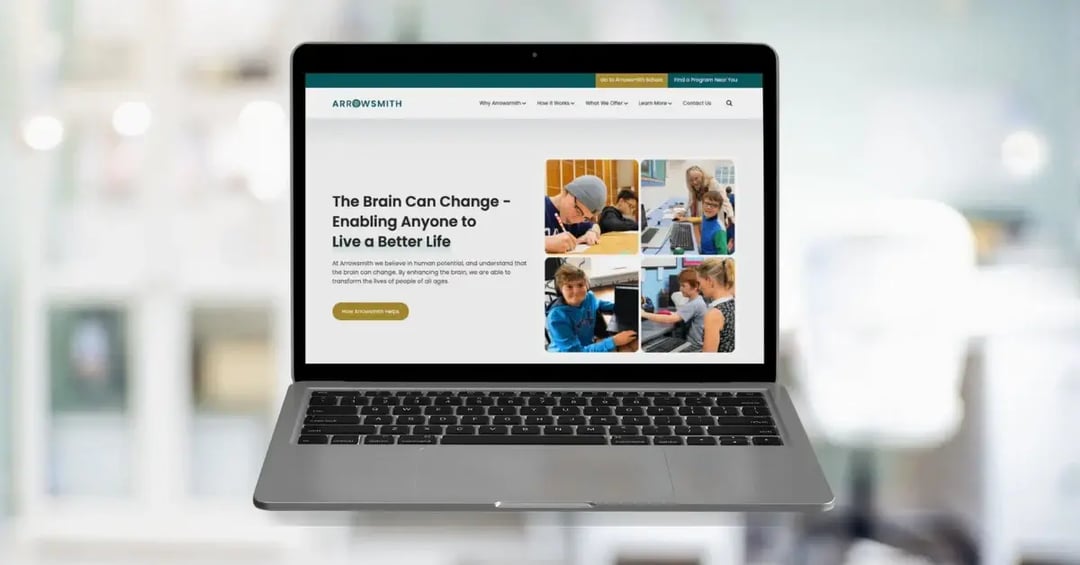What is the Symbol Relations Cognitive Function?
.jpeg?width=1080&name=blog%20(2).jpeg)
Symbol Relations is a higher-order cognitive function that is responsible for understanding and connecting ideas. It is involved in tasks that enable an individual to reason using logic and to connect and process complex relationships and concepts simultaneously. The Symbol Relations cognitive function is necessary to understand the world, oneself, and others. As such, it is involved in processing concepts across all academic disciplines, understanding and quickly grasping what is read and heard, gaining insight, logical reasoning, seeing connections between ideas, cause and effect processing, the flexibility of thought, making rational and considered decisions, deep semantic grasp of language and mathematical reasoning.
What are the benefits of strengthening our Symbols Relations cognitive capacity?
Strengthening one’s Symbol Relations cognitive capacity leads to a more powerful and positive ability to understand, participate in, and contribute to the world.
Norman Doidge, author of ‘The Brain That Changes Itself’ comments on the benefits of the Symbol Relations cognitive exercise:
“The fact that Arrowsmith trains the brain processors that make possible reasoning and rationality, is arguably one of the most important positive developments one could imagine for our world, with its complex problems.”
Research studies show that working on the Symbol Relations cognitive exercise leads to functional changes in the brain as well as significant improvements in a series of cognitive functions critical for learning as measured on the Woodcock-Johnson IV Cognitive Assessment:
- Fluid Reasoning
- Working Memory
- Cognitive Processing
- Number Facility
- Perceptual Speed
- Cognitive Efficiency
- Oral Vocabulary
- Visual Auditory Learning
How can improving the Symbol Relations cognitive function help in everyday life?

Parents and students report significant real-world improvements in the following areas.
Comprehension & Understanding
- Understands information and grasps concepts more quickly
- Understands jokes, puns, and is more quick-witted
- Improved cause-effect reasoning
- More accurate grasp of the nuances of a situation
- Discerns what is relevant in a situation
- Greater comprehension of material read, heard, or observed
- Improved school performance
- Improved workplace performance
Communication
- Improved oral communication
- More present in conversations demonstrating greater understanding of what is being discussed
- More curious, asking questions, and has a greater interest in learning
- Asks questions relevant and appropriate to the situation
- Improvement in use of language and vocabulary
- More articulate and better able to explain ideas or thoughts
Emotional Intelligence/Engagement/Social Awareness
- Greater understanding and expression of emotions
- More reflective in challenging situations
- Increased understanding of the consequences of behaviour
- Able to better understand social situations
- More responsible
- Demonstrates an increased ability to take control of one’s life

March 9, 2022




